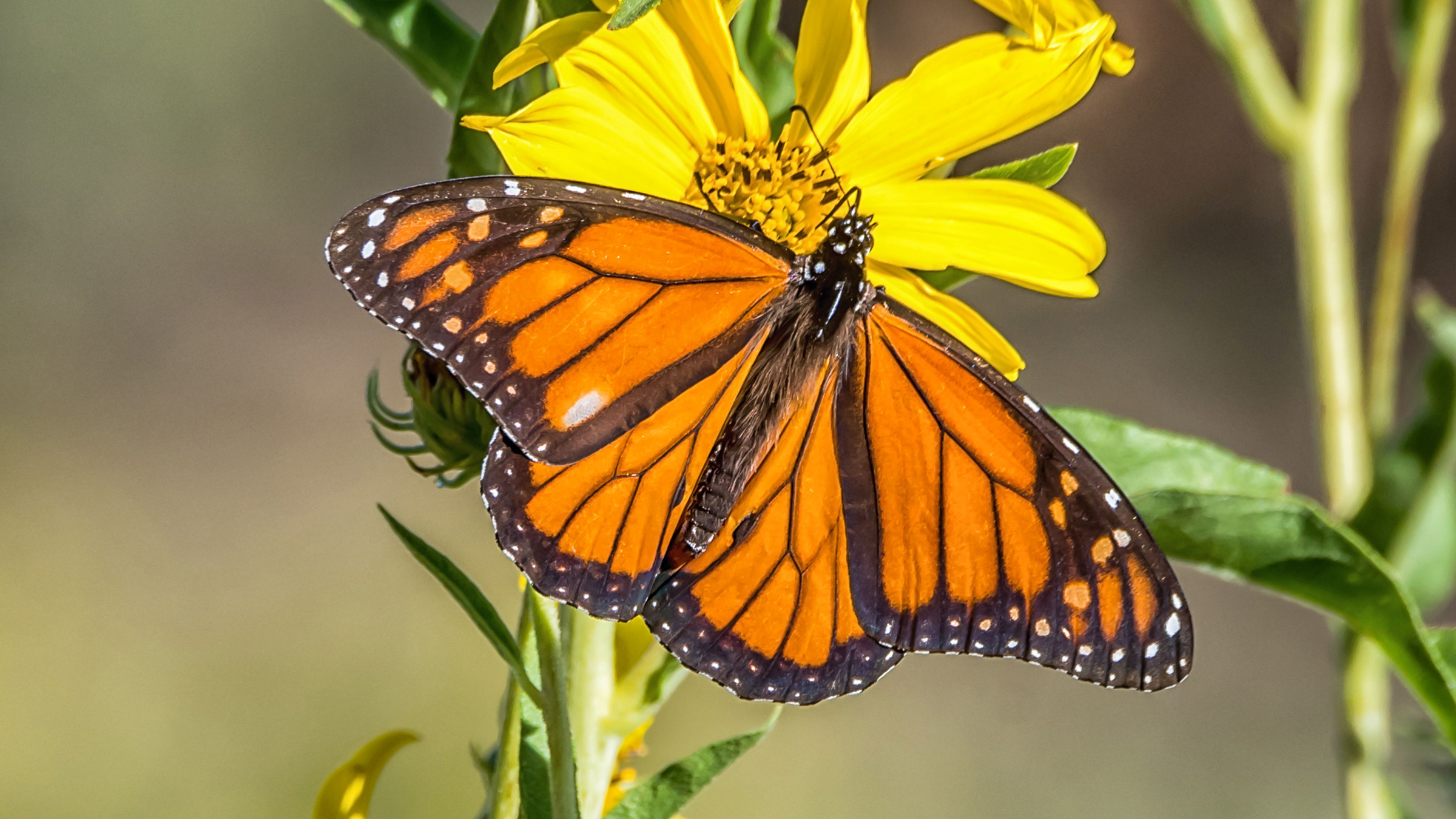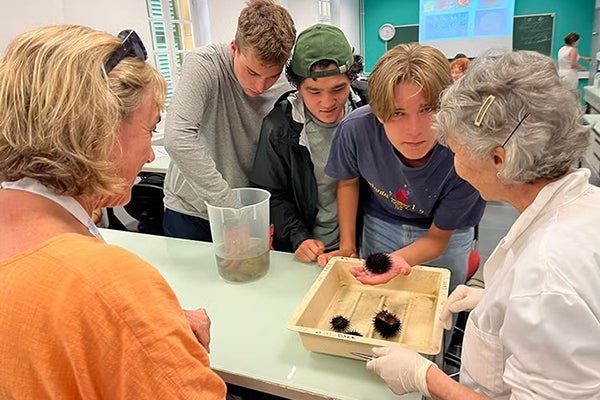What Will Extreme Weather Events Mean for Texas’s Favorite Bugs?
The answer matters for people, too, given how insects affect whole ecosystems.

Bill J. Boyd
As temperatures climb and sweltering weather becomes the norm, Texans are sure to be slipping on their sunglasses and slathering on sunscreen when they step outside. Yet, the insects that keep our ecosystems running can’t shield themselves so easily.
Bugs serve as essential parts of the ecosystem, said JoAnn Holley, an entomologist at The University of Texas at Austin. They down nutrients and provide pollination services, and they also serve as the diet for birds and other small mammals.
The impact of extreme weather matters for favorite insects, like the official Texas state insect, the monarch butterfly. It was recently added to the International Union for Conservation of Nature’s endangered species list. Extreme weather can also affect and change behavior for less charismatic bugs that sometimes qualify as pests. These include the soapberry bug, which some UT scientists have studied in conjunction with environmental events like hurricanes.
When climate affects flowers, plants and other resources, insects are known to change their distribution and sometimes enter novel territories where they encounter other insects or new competing organisms, said Nikunj Goel (Ph.D., ’23 in Ecology, Evolution and Behavior), a postdoctoral researcher in the Department of Statistics and Data Sciences at UT Austin.
“Climate change can cause dramatic fluctuations in temperature and this increased variability, even though the average environment is the same, can have a drastic impact on insects,” Goel said.
Additionally, with the warmer temperatures fueled by climate change, insects may emerge from their overwintering earlier, causing a mismatch with their food sources as the plant they survive on might not be mature yet. And for bugs adapted to specific temperature ranges, rising temperatures could threaten their survival.
“Bumblebees are cold-climate specialists that forage early in the day for pollen and nectar sources early,” Holley said. “But if you’re a cold-climate specialist under warming conditions, you get out-competed.”
People can help by prioritizing planting native plants over ornamental plants in their yards and spaces, scientists say.
“Insects need habitat, so they need diverse species of plants,” Holley said. While ornamental plants may be pretty, they don’t contribute to the ecosystem around them like native species do. A wide range of resources and information about local and native alternatives can be found through the Lady Bird Johnson Wildflower Center, which is based in UT’s College of Natural Sciences.
Hillary Xu, co-lead at the student-led UT Microfarm, said the microfarm is home to a xeric garden composed of native plants. Xu, a rising junior majoring in biology and environmental science, explained that native plants have adapted to the local climate and are thus more resilient to freezes and heat waves.
Native plants support a variety of insects based on the shape of their flower. For example, the xeric garden features four different species of salvia, which butterflies are especially drawn towards due to their abundance of nectar and pollen.
For those with lawns, Austin Water is offering up to $3,000 to replace existing turf grass with native plant beds, Holley said.
Both Holley and Goel emphasized the need for systemic change at a global scale, from increasing the amount of natural space in cities to harvesting natural resources more sustainably.
“If you become conscious about your footprint on natural ecosystems, and you can convey that in a nonjudgmental way to people who are in your circle, then those people are likely to also think about their impact on the world,” Goel said. “Over a longer period of time, that can change public opinion, and once public opinion changes, policies also change to accommodate that public opinion.”



